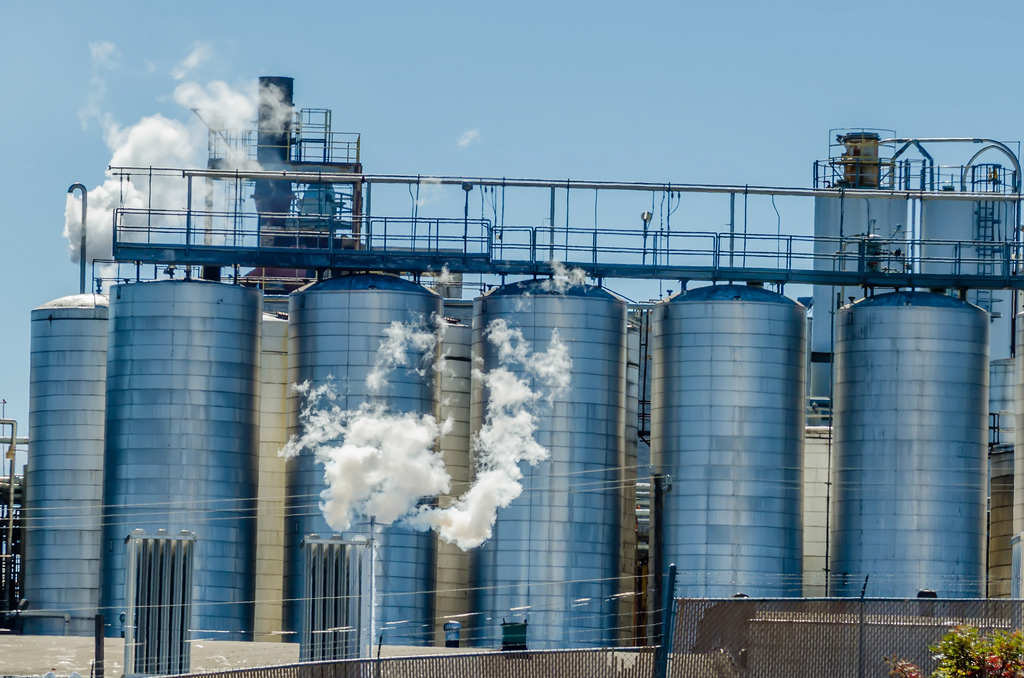The concept of “discrete manufacturing” refers to the production of separate units, or the countable production of items which can be identified by their serial number. For example, medical supplies and equipment, electronic and computer products, and furniture. Each unit is considered to be a distinct item as opposed to something that’s measured by volume and/or weight. In contrast, “process manufacturing” refers to goods produced in bulk, which are associated with manufacturing recipes and formulas. Examples include coal, chemicals, petroleum and textiles.
The components and ingredients
With process manufacturing, variable ingredients are involved and the end result is a mix of by- and co-products. In contrast, discrete manufacturing involves the use of standard components and parts.
Process manufacturing necessitates using proportional recipes or formulas in order to blend the desired product via a chemical process. On the other hand, discrete manufacturing is about the assembly of goods from smaller parts, which means bills of material and instructions such as blueprints and drawings are used instead of formulas.
Differences in inventory
With process manufacturing, it’s necessary to create an inventory of materials according to their grade, potency and shelf-life, because such materials will be ordered in very large quantities. However in discrete manufacturing, inventory relies on a system of ECNs (Engineering Change Notice) or serial numbers in order to establish controls and manage processes such as making alterations to documents and drawings, bills of material, parts, work orders and so on. ECNs and serial numbers are suited to discrete manufacturing operations because manufactured goods constitute a single item, whereas in process manufacturing the final products are material specific. In discrete manufacturing, the units of manufacture arrive per piece and individual.
Differences in production processes
Another big contrast is the methods and processes used in production. With process manufacturing, the production system is designed in such a way that there are minimal, if any, interruptions in the actual processing of a particular batch. Process manufacturing often entails the production of dozens of small batches that are made using specific processes, resulting in many numerous unique products.
In contrast, discrete manufacturing relies on a production process that can involve one of two things – either workers who manually assemble each product step by step, or machines such as those made by Pall-Pack, that are often used in larger or more rapid assemblies. Discrete manufacturing uses either a process, a product, or a combination of the two. A process layout takes place when the products go through to the process areas, such as with cabinets and casings, whereas a product layout occurs when the processes come to the actual product, such as in car assembly or ship building.
